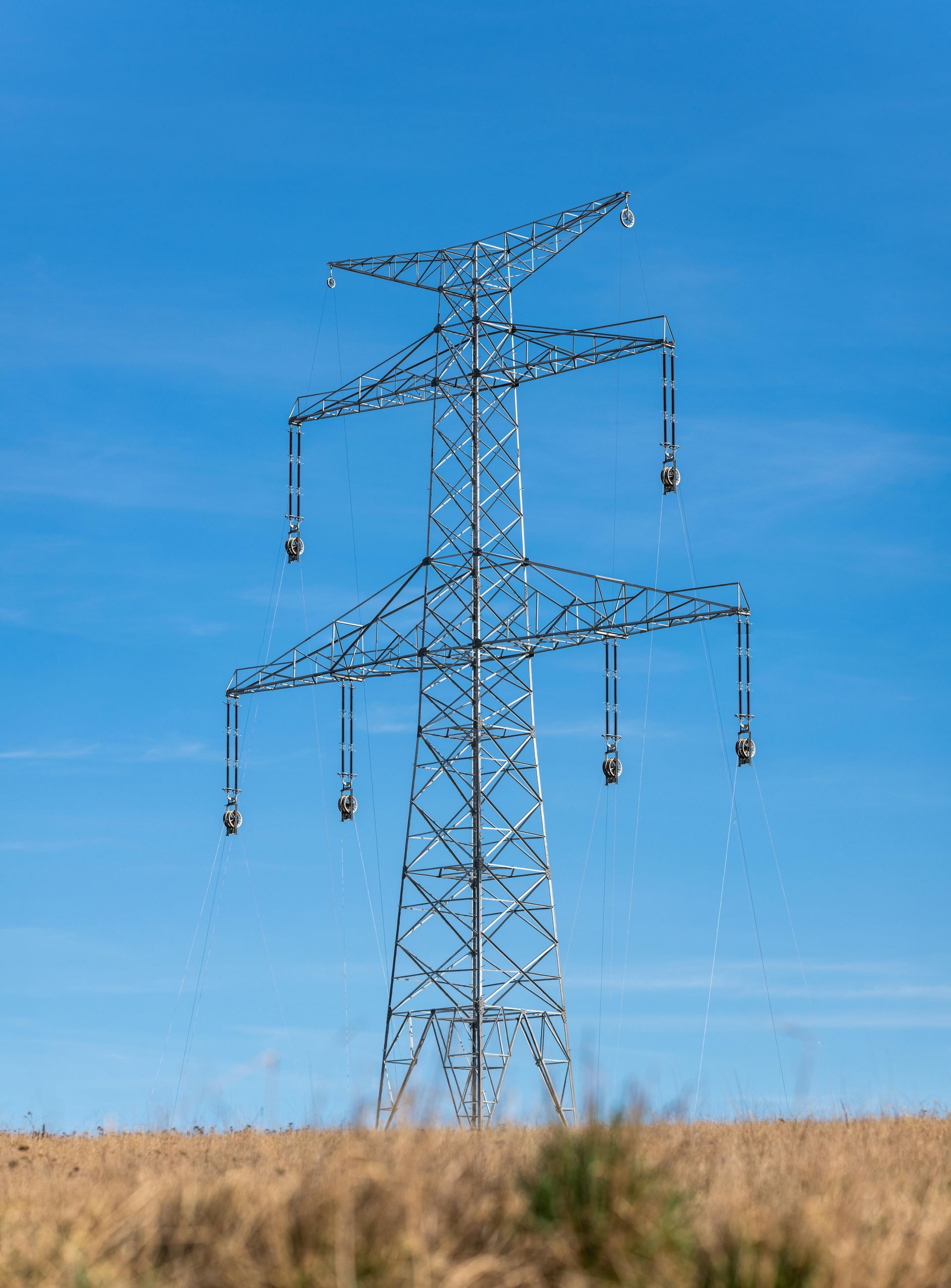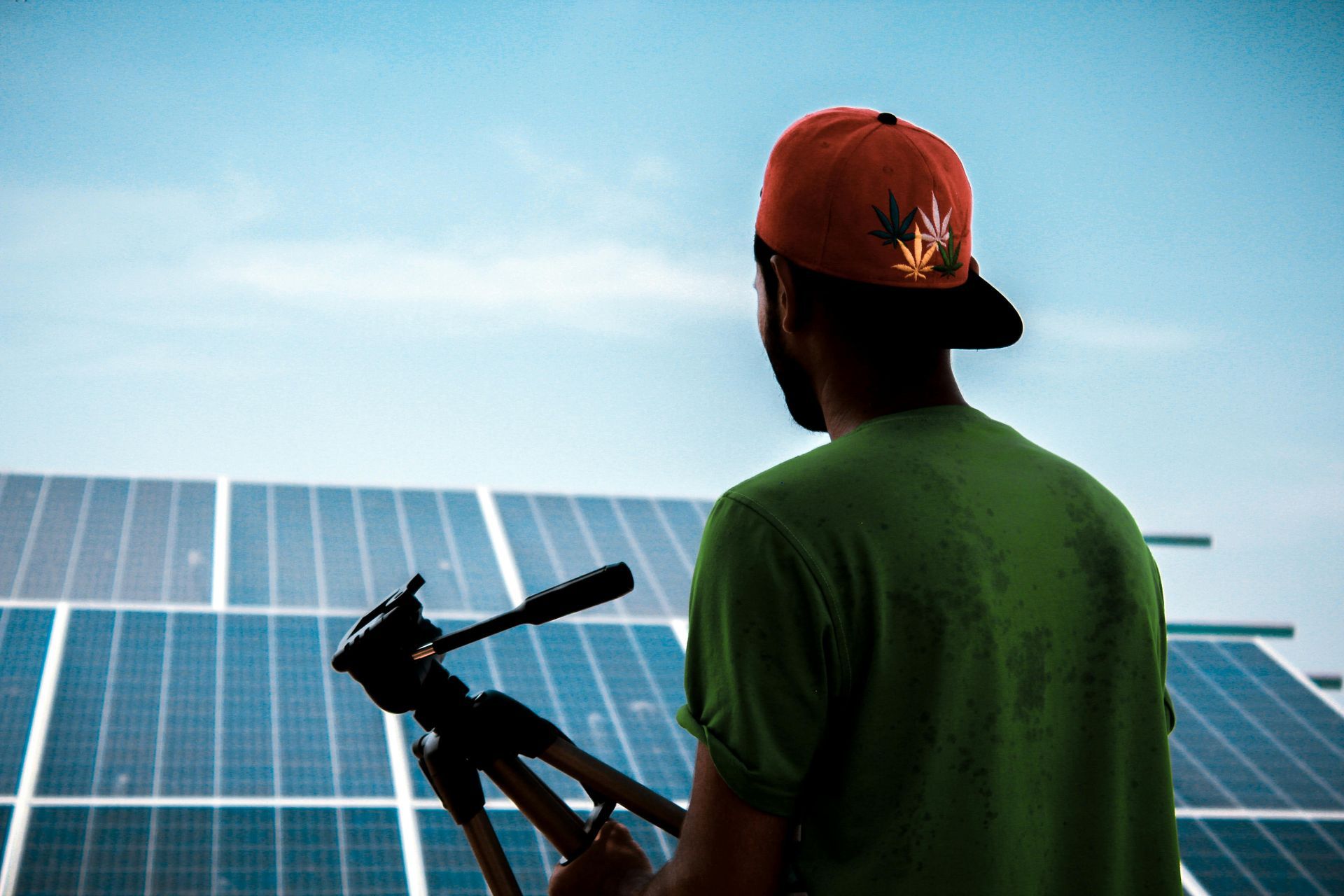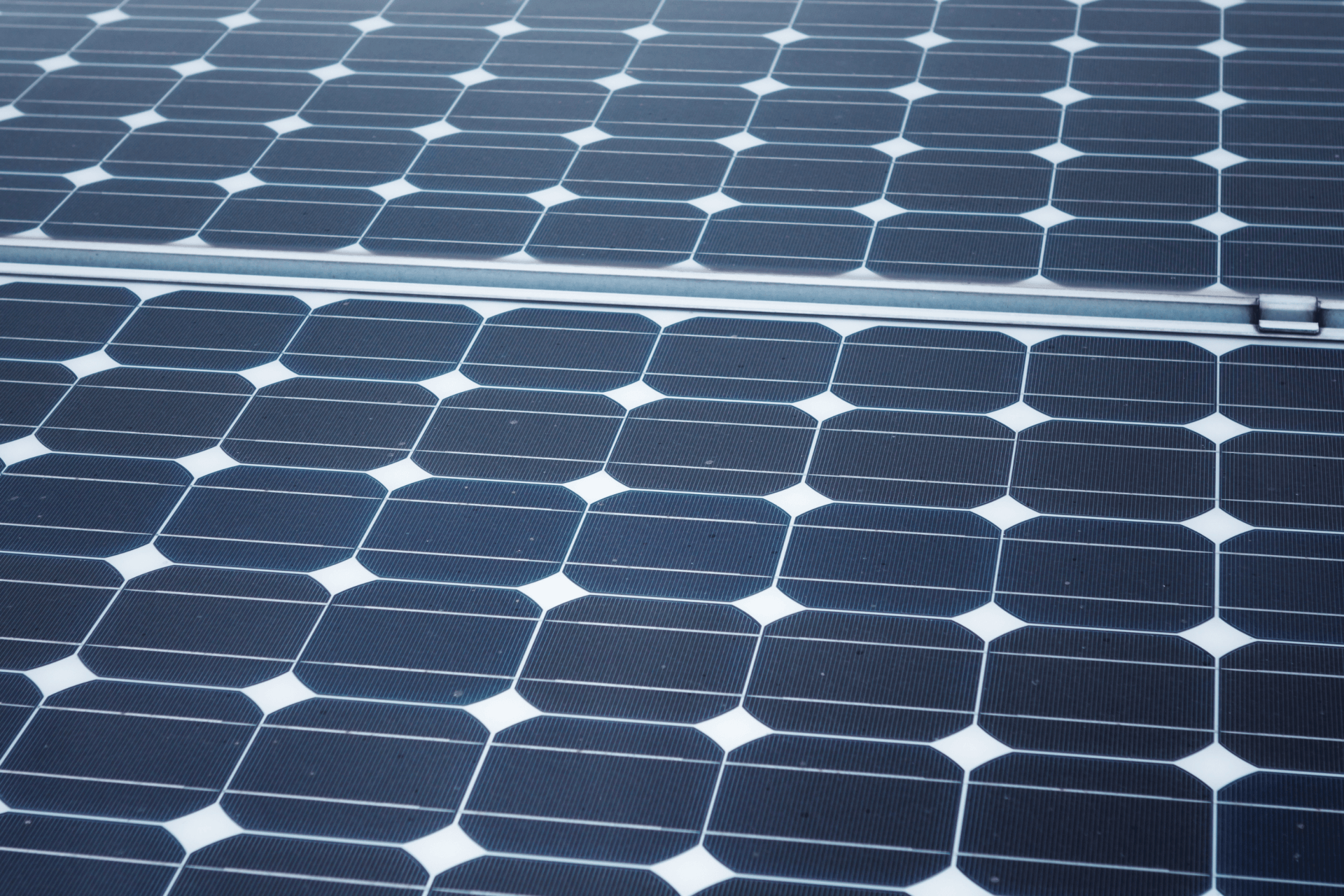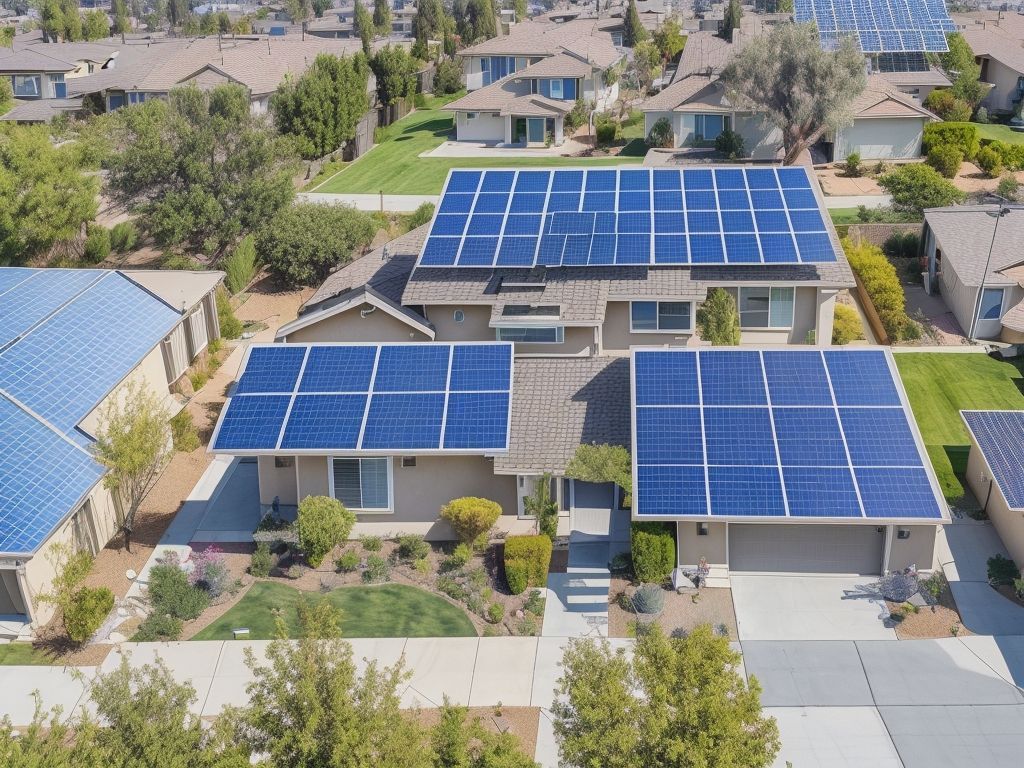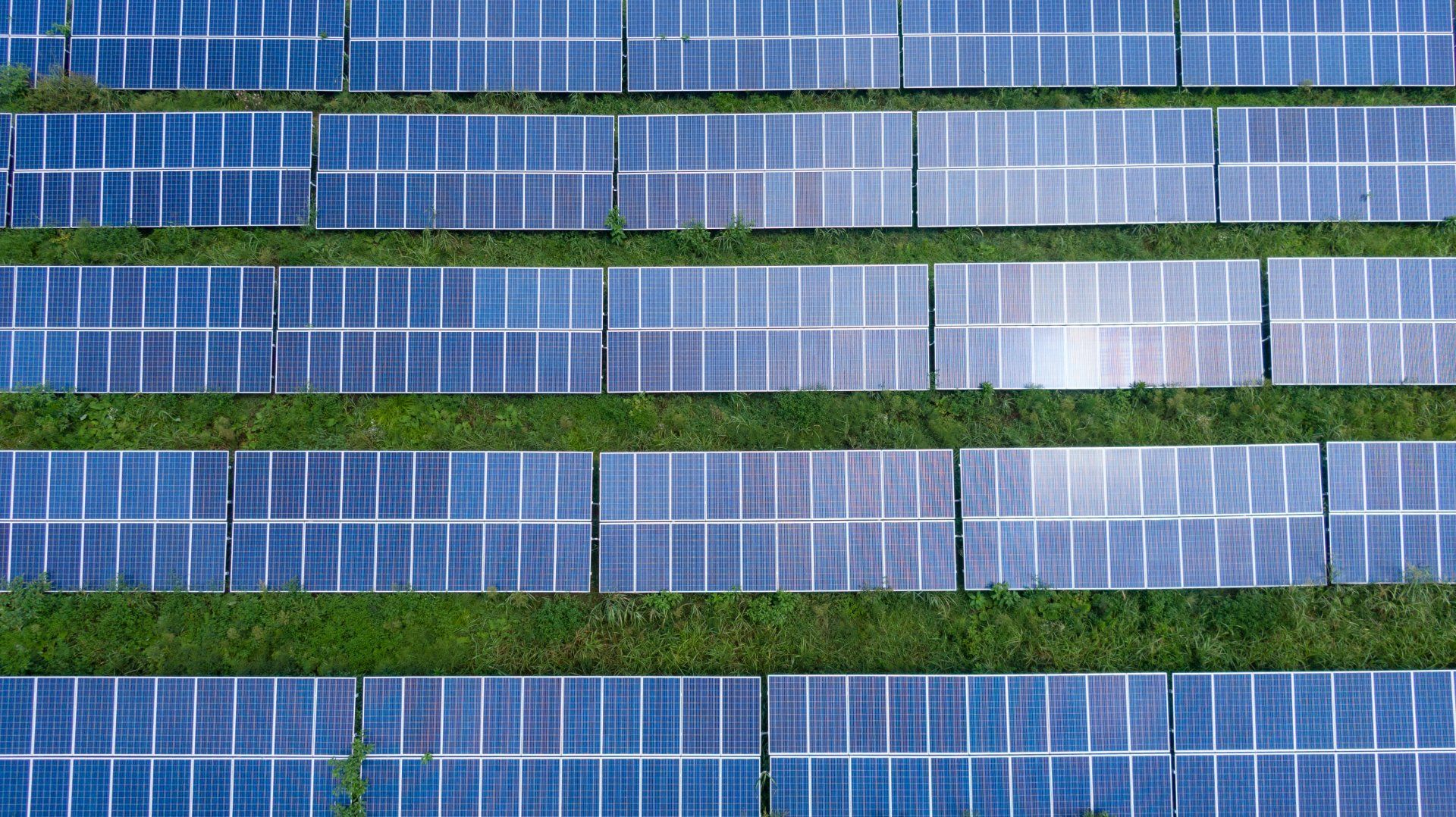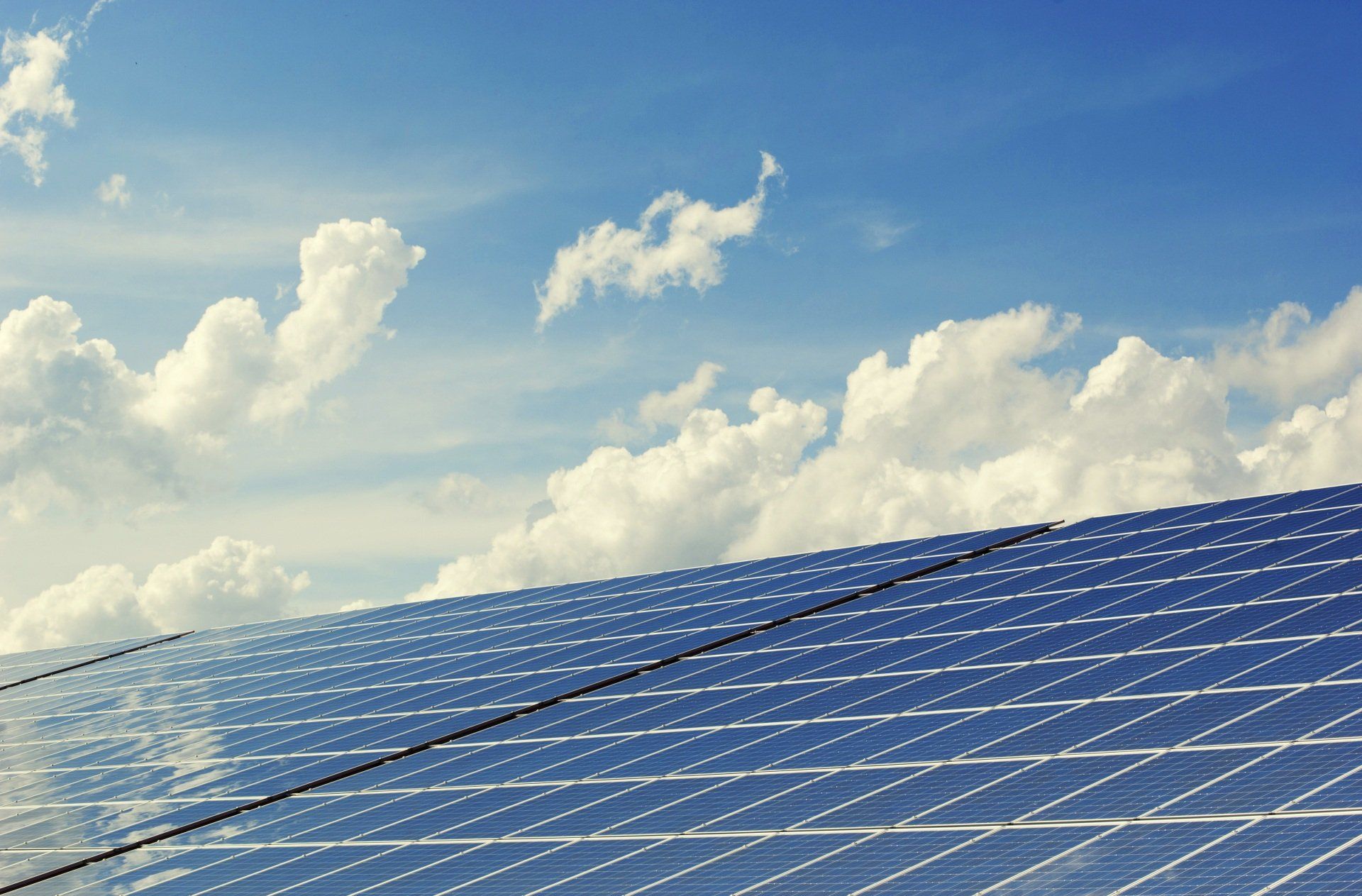Financing Solar Panel Installations Loans Leases and Power Purchase Agreements PPAs
Considering investing in solar panels for your home or business but unsure about the financing options available?
We provide an overview of solar panel financing, including the costs associated with solar panels and the different financing options such as cash payments, solar loans, leases, and Power Purchase Agreements (PPAs).
We also compare solar leases and PPAs, helping you determine the right financing option for your needs.
Stay tuned for insights on whether financing solar panels is worth it and additional information on solar financing options.
Overview of Solar Panel Financing
Understanding the financial aspects of solar panels is crucial for homeowners considering renewable energy solutions. Solar panel financing options provide flexibility in acquiring and installing solar systems.
One common option for financing solar panels is a loan , where homeowners can borrow money to purchase the system upfront and then pay it back over time with interest. This method allows them to own the solar panels and benefit from long-term savings on electricity bills.
Alternatively, homeowners can opt for a lease agreement, where they pay a monthly fee to use the solar system, but do not own it. This arrangement can require little to no upfront cost but may result in lower overall savings compared to a cash purchase or loan.
Another financing option is a Power Purchase Agreement (PPA) , where a third-party organization installs and owns the solar panels on the homeowner's property, and the homeowner agrees to purchase the electricity generated at a predefined rate for a set period.
Each financing method has its advantages and considerations based on factors such as system cost, monthly payment affordability, and desired level of ownership.
Understanding the Cost of Solar Panels
The cost of solar panels encompasses more than just the initial purchase price. Factors like installation costs, system size, and panel prices contribute to the overall expenses involved in solar installation.
When considering the breakdown of solar panel costs, installation expenses play a significant role. The installation process involves labor costs, permits, mounting equipment, and wiring, which can vary depending on the complexity of the installation.
The size of the solar panel system is another crucial factor affecting costs. Larger systems typically require more panels and components, thereby increasing the overall investment. Variations in panel prices from different manufacturers or technologies can influence the total cost of the system. It's essential to weigh these factors carefully to ensure a balance between upfront expenses and long-term system savings.
Exploring Different Financing Options
Homeowners have various financing options available for solar panels, including monthly payment plans, power purchase agreements (PPAs), and loans, each offering unique benefits and considerations.
Monthly payment plans involve spreading the cost of solar panels over time, making it more manageable for homeowners to invest in renewable energy. On the other hand, PPAs allow homeowners to access solar energy without upfront costs, with the provider typically owning and maintaining the system. Loans offer the flexibility for homeowners to own the system outright while taking advantage of benefits such as tax credits and rebates. Understanding the impact of dealer fees, incentives, and solar incentives is crucial when evaluating which financing option best suits individual circumstances.
Payment Methods for Solar Panels
Solar panel payment methods vary from cash purchases to long-term leases, each impacting energy bill savings and cost escalators differently. Choosing the right payment method is crucial for optimizing financial benefits.
When opting for a solar panel installation, one must consider various factors regarding the financial implications.
- Cash purchases involve an upfront cost that can be higher initially but result in significant savings on energy bills over time.
- On the other hand, solar leases offer a low upfront cost, making solar energy more accessible to a wider range of consumers. It's essential to understand that leasing may involve system maintenance responsibilities and could limit potential savings, especially with the presence of cost escalators.
- For those looking to enhance their energy autonomy, investing in a battery storage system alongside the solar panels could provide added benefits and reduce reliance on the grid.
Cash Payment
Opting for a cash payment when purchasing solar panels can lead to immediate energy bill savings and reduced tax liabilities. While the upfront cost is high, the long-term benefits include substantial system savings.
One of the primary advantages of making a cash purchase for solar panels is the immediate impact on reducing energy bills. By investing upfront, homeowners can start enjoying lower electricity costs right away, without the need to wait for return on investment. The tax benefits associated with such a payment method can further enhance the financial outlook. The savings generated from the reduced energy usage can also contribute to the system's overall financial impact, making it a wise long-term investment.
Solar Loans
Solar loans offer homeowners an investment opportunity in sustainable energy with the flexibility to finance home solar panels. Understanding loan terms and repayment structures is essential for maximizing the benefits of solar financing."
When considering solar loans , individuals should assess various aspects to make an informed decision. One key factor to ponder is the monthly payment amount, as it directly affects the budgeting process for utilizing solar energy. It's imperative to compare different loan providers to secure the most favorable terms and interest rates. Homeowners should factor in the potential savings on their electricity bills, as solar panels can significantly reduce the monthly utility bill . Evaluating the long-term implications of loan payments against future energy savings is crucial in realizing the full benefits of residential solar installations.
Leases and Power Purchase Agreements (PPAs)
Leases and Power Purchase Agreements (PPAs) provide alternative financing options for homeowners seeking solar solutions without the upfront costs. Evaluating system performance and contract terms is essential when opting for these arrangements.
One key aspect to consider in solar financing through leasing or PPAs is the presence of dealer fees, which can impact the overall cost-effectiveness of the agreement.
Understanding the intricacies of system technology plays a crucial role in assessing the long-term benefits and efficiency of the solar installation.
To ensure maximum savings on energy bills, it is imperative to carefully review the contractual terms concerning reimbursement mechanisms and potential rate escalations.
Comparing Solar Leases and Power Purchase Agreements (PPAs)
Comparing solar leases and Power Purchase Agreements (PPAs) involves analyzing factors such as energy usage patterns, tax credit implications, and long-term financial commitments. Each option presents unique benefits and considerations.
In terms of energy usage optimization, both solar leases and PPAs offer significant advantages.
- A solar lease allows the homeowner to access a solar energy system installed on their property without the upfront costs associated with purchasing.
- On the other hand, a PPA involves a third party owning the solar system and selling the electricity generated to the homeowner at a fixed rate. This arrangement can often result in lower initial expenses and immediate savings on energy costs.
What is a Solar Lease?
A solar lease allows homeowners to access solar electricity without upfront costs by paying a fixed monthly fee over a specified term. Understanding escalator clauses and system maintenance responsibilities is crucial for lease agreements.
When opting for a solar lease, the homeowner essentially 'rents' the solar panel system, usually sized to meet their energy needs. This arrangement eliminates the need for a hefty upfront investment, making it an attractive option for those looking to go solar without a significant financial outlay.
The cost structure of a solar lease typically involves a fixed monthly payment that remains constant throughout the lease term, ensuring predictability in budgeting. It's important for homeowners to carefully review the lease terms, including any escalator clauses that may lead to an increase in monthly payments over time.
One of the key benefits of solar electricity through a lease is the savings on utility bills. By generating their electricity, homeowners can reduce their reliance on traditional power sources and potentially lock in lower rates compared to utility companies.
System maintenance is a crucial aspect of solar leases. While the homeowner may not own the system, they are responsible for its upkeep to ensure optimal performance. Regular maintenance, such as cleaning panels and inspections, is essential to maximize energy production and prolong the system's lifespan.
Pros and Cons of Solar Leases
Solar leases offer the advantage of immediate energy bill savings but come with escalator clauses that can affect long-term costs. Evaluating the pros and cons of solar leases is essential for determining the suitability of this financing option.
Cost escalators in solar leases are provisions that allow for annual increases in the lease payments by a certain percentage. While this can protect against inflation, it also means that the overall cost of the lease could increase significantly over time.
On the positive side, by entering into a solar lease, homeowners can benefit from lower electric bills immediately without the need for a large upfront payment for system installation. The energy bill savings can offset the lease payments, resulting in overall reduced monthly expenses.
What is a Power Purchase Agreement (PPA)?
A Power Purchase Agreement (PPA) enables homeowners to access solar power generated by a third-party system installed on their property. Understanding the system technology and battery storage options associated with PPAs is vital for maximizing benefits.
In a PPA, the system technology integration involves the seamless connection of solar panels to the grid electricity network, allowing homeowners to benefit from renewable energy without hefty upfront costs. Incorporating battery solutions into the setup ensures efficient storage and utilization of excess solar power, enabling users to tap into stored energy during peak consumption hours. Operational aspects of solar power procurement under a PPA include system incentives that reward homeowners for surplus electricity production and system savings resulting from reduced reliance on traditional power sources.
Pros and Cons of PPAs
Power Purchase Agreements (PPAs) offer homeowners the convenience of solar power without system ownership but involve contractual obligations and potential tax credit considerations. Evaluating the pros and cons of PPAs is essential for well-considered choices.
One of the key advantages of entering into a Power Purchase Agreement is that it allows homeowners to benefit from energy bill savings without the upfront cost of purchasing a solar system. PPAs provide a fixed or predictable electricity rate, shielding consumers from fluctuating energy prices. On the other hand, challenges such as long-term commitments, dealer fees , and complexities related to tax credits should be carefully considered.
Choosing Between a Solar Lease and PPA
Selecting between a solar lease and a Power Purchase Agreement (PPA) involves evaluating factors such as system size requirements, financial advisor recommendations, and potential tax liabilities. Making an informed choice based on individual circumstances is paramount.
When considering a solar lease, homeowners typically do not own the solar energy system but pay a fixed monthly fee for the electricity generated. This option relieves the responsibility of system maintenance and repair costs, shifting that burden to the solar company.
On the other hand, a PPA allows homeowners to purchase the energy produced by the solar panels at a predetermined rate that is often lower than the regular utility bill. This arrangement could lead to noticeable savings on energy costs over time.
Determining the Right Financing Option
Determining the right solar financing option requires assessing investment goals, solar system requirements, and budget considerations. Tailoring loan payments or lease terms to individual financial plans is essential for optimal outcomes.
It is crucial for homeowners to also consider the various system incentives available based on the specific technology of the solar panels being installed. This could significantly impact the monthly payment amount and overall return on investment. By thoroughly understanding the system specifications and efficiency ratings, one can make an informed decision that aligns with both financial objectives and environmental priorities. Properly managing loan payments can help homeowners stay on track and ensure the long-term success of their solar investment.
Is Financing Solar Panels Worth It?
Assessing the worth of financing solar panels involves calculating energy bill savings, considering tax credit benefits, and evaluating potential dealer fees. Understanding the long-term financial impact is crucial in determining the value of solar investments.
In terms of system savings , installing solar panels has the potential to significantly reduce electricity expenses over the years, leading to substantial cost savings. By harnessing renewable energy from the sun, homeowners can see a noticeable drop in their monthly utility bills, adding considerable value to their investment.
Taking advantage of solar incentives and tax credits can further enhance the financial benefits of financing solar panels. By reducing their tax liability through these incentives, individuals can make their solar investment even more economically appealing in the long run.
Additional Solar Financing Information
Exploring additional solar financing information unveils insights into managing solar bills effectively, optimizing system technology choices, and understanding installation processes. Enhancing financial literacy in solar investments is key for well-considered choices.
Solar bills management involves understanding the breakdown of costs related to energy consumption and production, utilizing tools such as net metering and time-of-use pricing to maximize savings.
System technology advancements in solar panels and inverters have significantly improved system performance and energy production. The evolution of installation best practices includes proper orientation, shading analysis, and component quality to ensure long-term system maintenance and optimal energy yields.
Other Solar Financing Options
Beyond traditional financing methods, homeowners can explore alternative solar financing options like home improvement loans, grid electricity offsets, and unique power purchase agreements. Diversifying financial strategies can lead to tailored solar solutions.
One innovative approach gaining popularity among homeowners is leveraging home improvement loans to finance solar technology installations, allowing for upfront establishment of environmentally-friendly energy solutions without significant out-of-pocket expenses. By harnessing grid electricity offsets, individuals can optimize their energy consumption through solar power generation, reducing reliance on conventional energy sources and mitigating utility bills. Specialized power purchase agreements offer tailored options to secure solar systems with sustainable battery storage, ensuring long-term savings and environmental benefits.
Commonly Asked Questions About Solar Financing
Addressing commonly asked questions about solar financing includes clarifying topics such as monthly payment structures, tax liabilities, and reputable loan providers.
Enhancing financial literacy give the power tos homeowners to make informed decisions regarding solar investments. Understanding the intricacies of solar incentives can significantly impact the feasibility of a solar project. Homeowners need to be aware of the various tax implications associated with installing a solar energy system, as these can vary depending on location and current legislation. Consulting a financial advisor can provide valuable insights into the economic benefits of different financing options.
Solar Energy Availability by State
Exploring solar energy availability by state involves examining regional solar technology adoption, energy production potential, and state-specific system incentives. Understanding geographic variations in solar resources aids homeowners in optimizing solar investments.
One key aspect to consider when evaluating the solar energy landscape across different states is the system performance of solar installations. This crucial factor impacts the efficiency and effectiveness of solar panels in converting sunlight into electricity.
Varying installation costs in different states play a significant role in influencing the overall feasibility and financial attractiveness of solar projects. Factors such as state-level incentives and policies can further influence the decision-making process for homeowners looking to invest in solar energy, making it essential to explore the comprehensive solar service provider landscape.
You might also like
Blog
